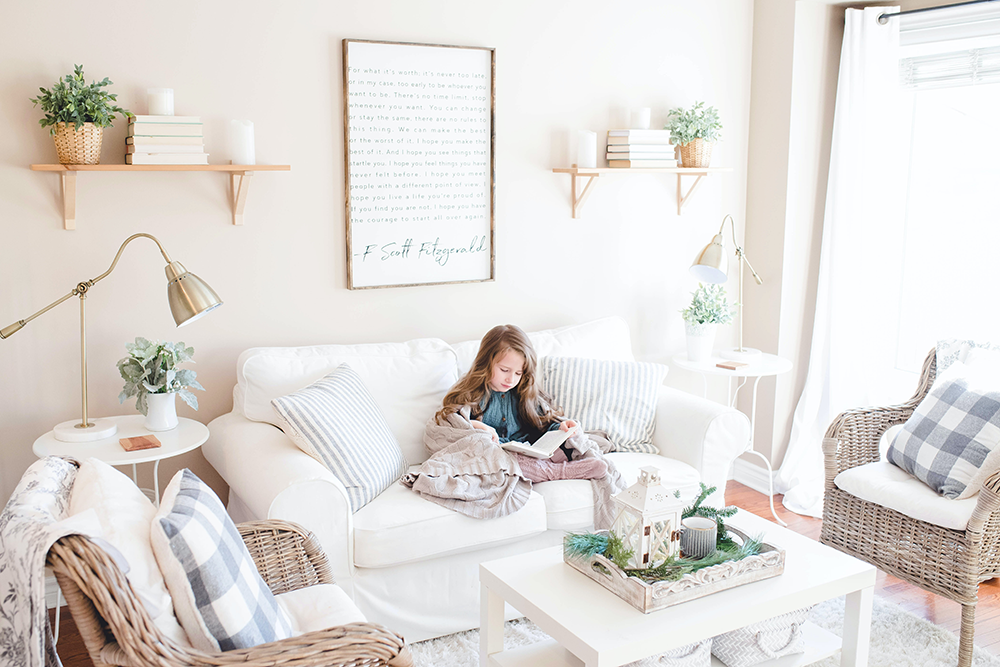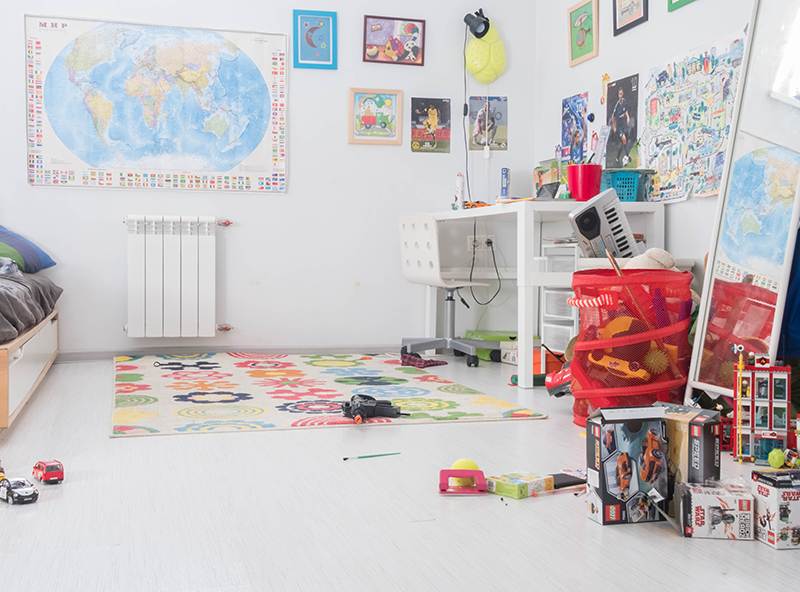Designing and decorating a child’s room is a delightful yet challenging task. It’s a space where your child will spend a significant amount of time playing, studying, and resting. To create a functional and inviting environment, you’ll need the right children’s furniture. But what are the basics that every kid’s room should have? In this blog, we’ll explore the essential children’s furniture items you should consider to create a comfortable and inspiring space for your little one.
1. Bed
A comfortable and safe bed is the cornerstone of children’s furniture. Depending on your child’s age, you might opt for a crib, toddler bed, or a regular twin or full-sized bed.

Ensure that the mattress is of high quality for a good night’s sleep. Don’t forget to include cozy bedding that matches your child’s preferences and room decor.
2. Storage Solutions
Children tend to accumulate toys, clothes, and books, which can quickly clutter a room. Invest in adequate storage solutions to keep the space organized. Consider options like:
- Dressers: These are essential for storing clothes, and you can also use the top as a changing table for younger children.
- Shelves and Bookcases: Provide a place for books, toys, and decorative items. Wall-mounted shelves save floor space and can be adjusted to the child’s height as they grow.
- Toy Chest or Bin: A designated place for toys to encourage tidiness. Choose one with safety features like slow-closing lids to prevent accidents.
- Closet Organizers: Maximize closet space with shelving units, hanging rods, and bins to keep clothes and accessories neatly organized.
3. Desk and Chair
As your child grows, they’ll need a dedicated space for homework and creative activities. A well-designed desk and ergonomic chair are crucial for proper posture and concentration. Look for a desk with ample storage for school supplies and a comfortable chair that can be adjusted as your child grows.
4. Play Area
Every child needs space to play and explore their creativity. Consider incorporating a designated play area with a soft rug or playmat. You can also add a small table and chairs for arts and crafts or tea parties. Don’t forget to include open shelves or storage bins for toys and games.
5. Safety First
When selecting children’s furniture, safety is paramount. Ensure that all furniture pieces are sturdy and well-anchored to prevent accidents. Look for items with rounded edges to minimize the risk of injuries. Anchor heavy furniture to the wall to prevent tip-overs, and keep cords and blinds out of reach.
6. Personalization and Style
While functionality and safety are essential, don’t forget to infuse your child’s personality and style into the room. Let them choose colors, themes, or decorations that reflect their interests. This personal touch will make the space feel like their own and foster a sense of ownership and pride.
7. Adaptability
Children grow quickly, and their needs change. Consider furniture that can adapt over time. For example, a crib that converts into a toddler bed or a desk with adjustable height. This approach can save you money and ensure that the furniture remains relevant as your child grows.
8. Quality Over Quantity
It’s tempting to fill a child’s room with all sorts of furniture and decor, but remember that quality is more important than quantity. Invest in well-made, durable pieces that will last for years rather than cheap items that may need frequent replacement.

In conclusion, creating the perfect children’s room involves thoughtful consideration of their needs, safety, and personal preferences. By prioritizing the essential furniture items and adding personal touches, you can create a space where your child can grow, play, and thrive. As your child’s interests evolve, be prepared to adapt the room to accommodate their changing needs and tastes. With the right children’s furniture, you can create a nurturing and inspiring environment for your little one to flourish.



